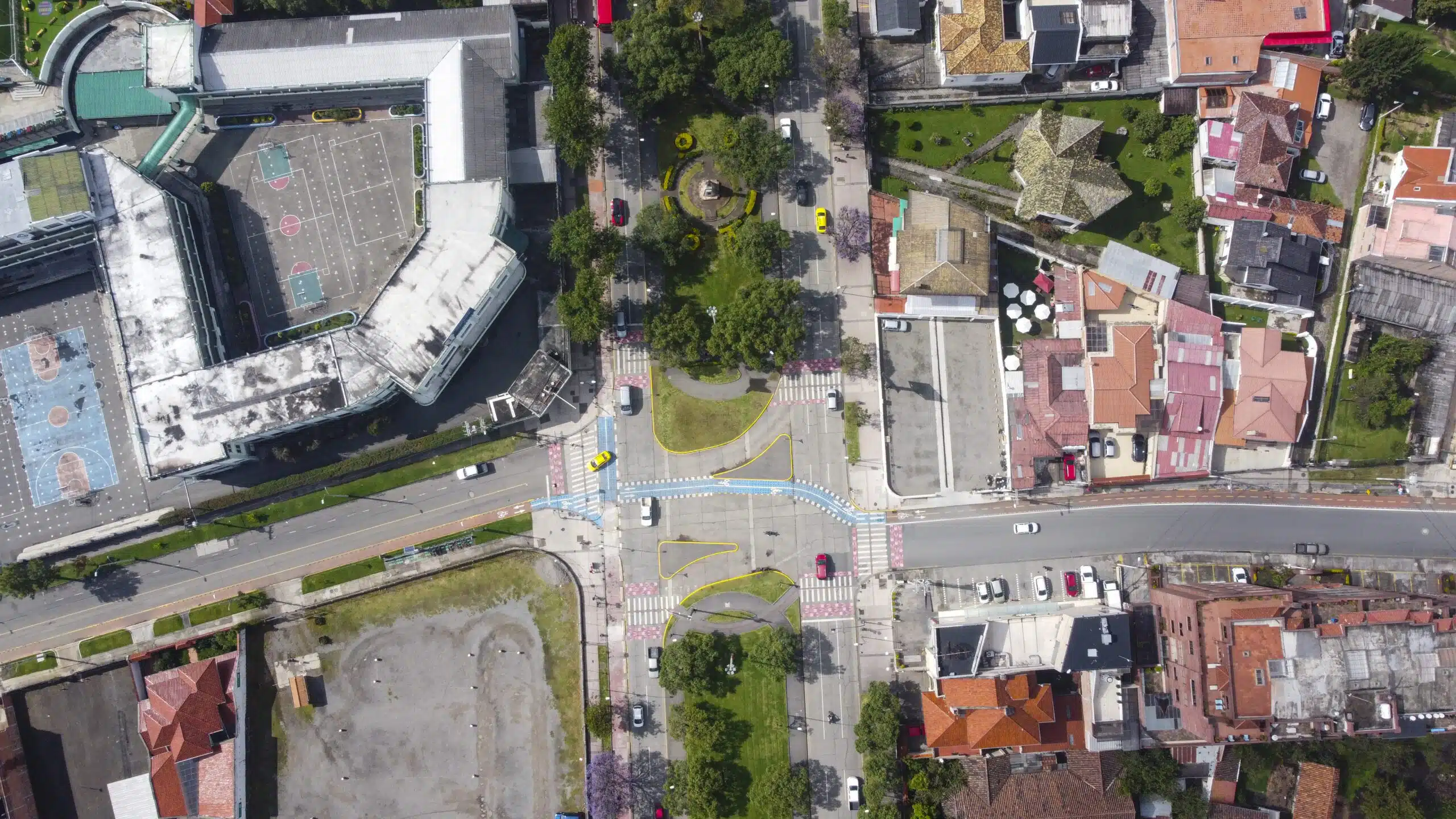The city of Cuenca set their sights on becoming the leader on sustainable mobility in Ecuador. Their focus is on solutions from deploying bike lanes, implementing a cycling-hire sharing scheme, recreational activities to promote active mobility, and transitioning to an intermodally public transport system.
With the COVID-19 pandemic disrupting business as usual, a need for resilient mobility solutions rose. These solutions should be implemented quickly and straightforwardly.
As Cuenca understood that people needed to keep on using public transport while ensuring their health and safety of both bike and pedestrian commuters, the city planned to expand its bicycle infrastructure.
To do it so, the city took different but complementary efforts:
- To rethink the current available space, the partners worked together with Copenhagenzie, a consultancy firm that specializes establishing road maps for cities to increase the number of bicycle commuters. Together, the approach followed by Copenhagenize pop up lanes were designed, and 4 interventions were suggested as a mean to boos cycling in Cuenca.
- Despacio an urban auditing consultancy form joined the effort, by providing an assessment on how safe the current cycling infrastructure was and way to improve the sense of safety to boost bike commuting.
The TUMI Challenge “Emergency bike lanes, safely designed in Cuenca” was carried out together with the Municipality of Cuenca on behalf of the Ministry for Economic Cooperation and Development (BMZ).




